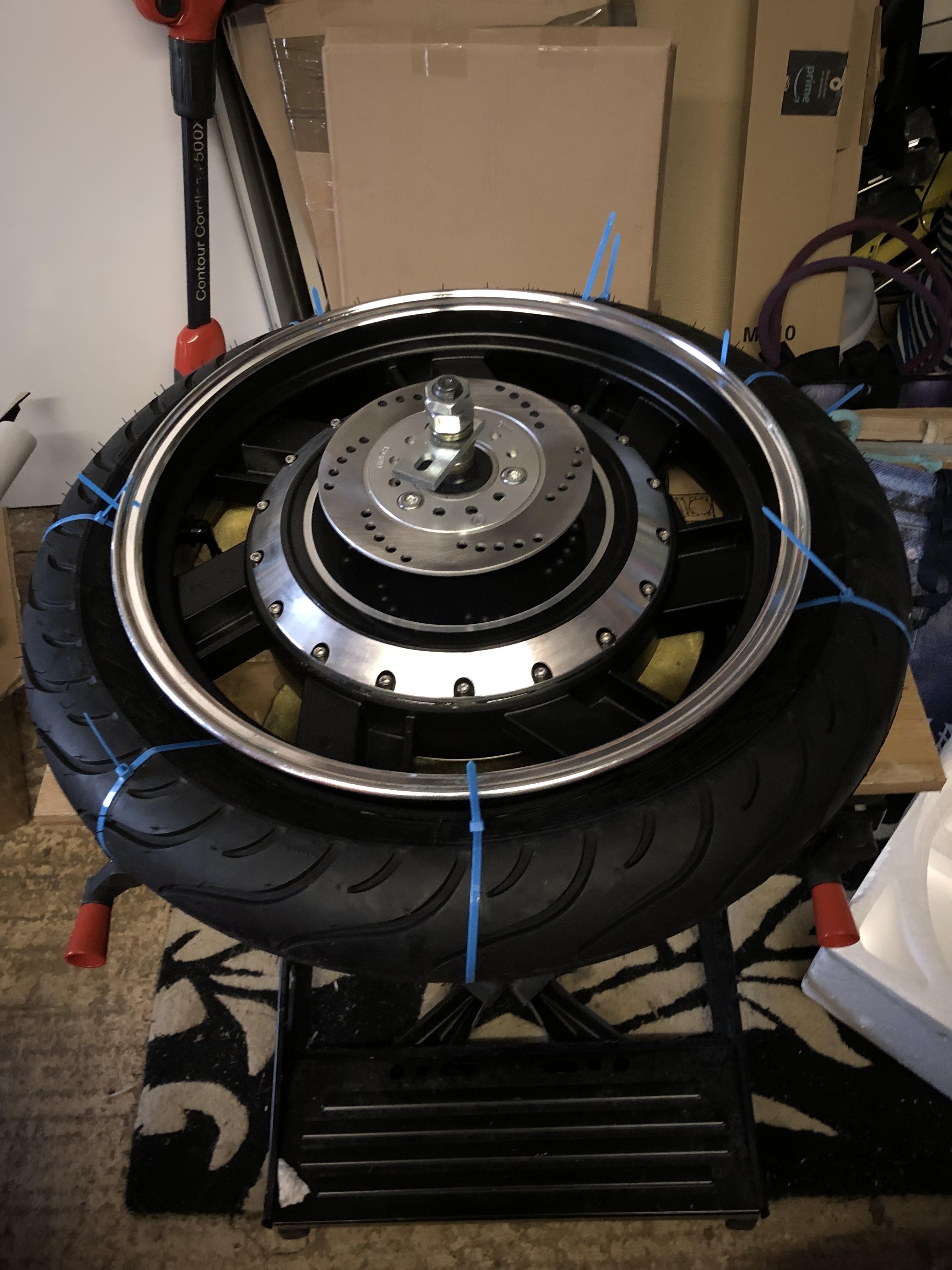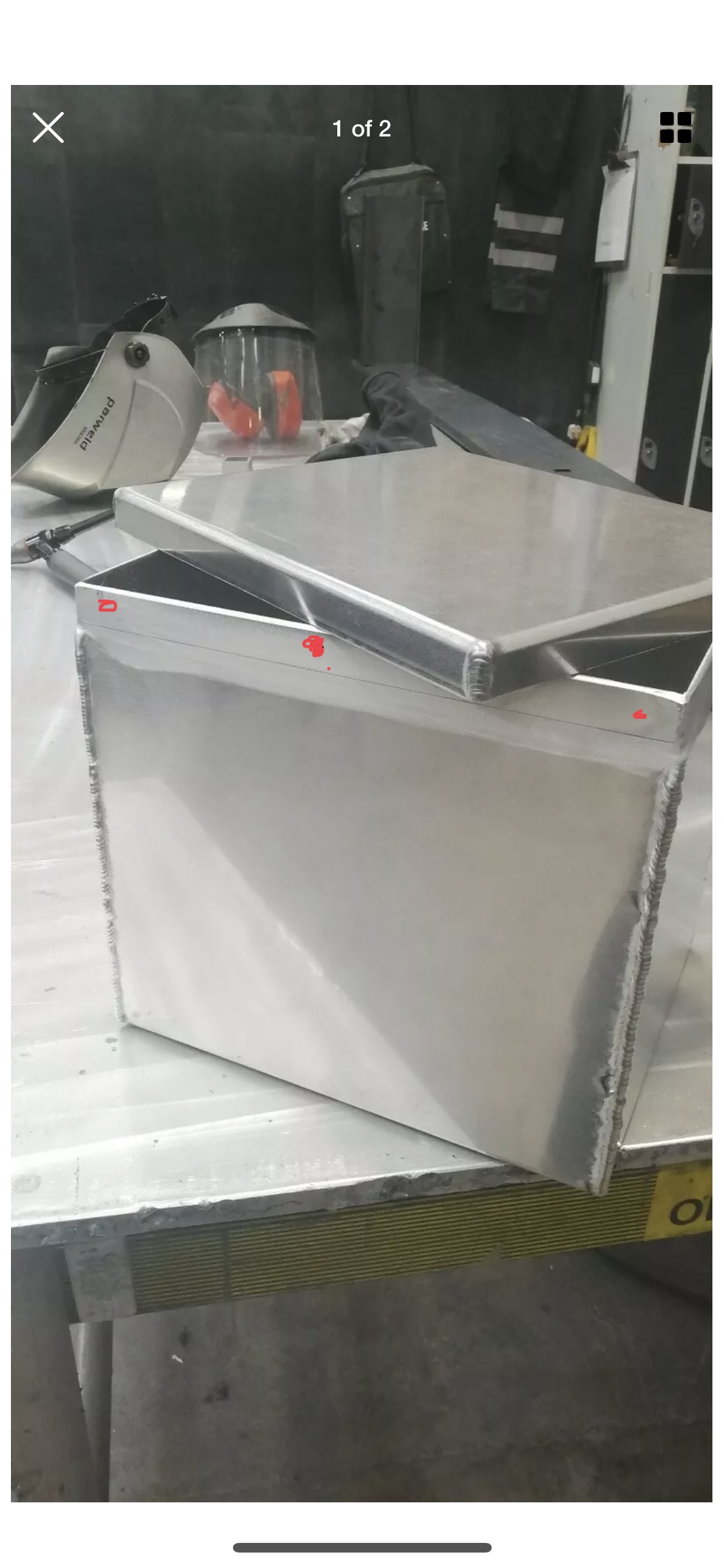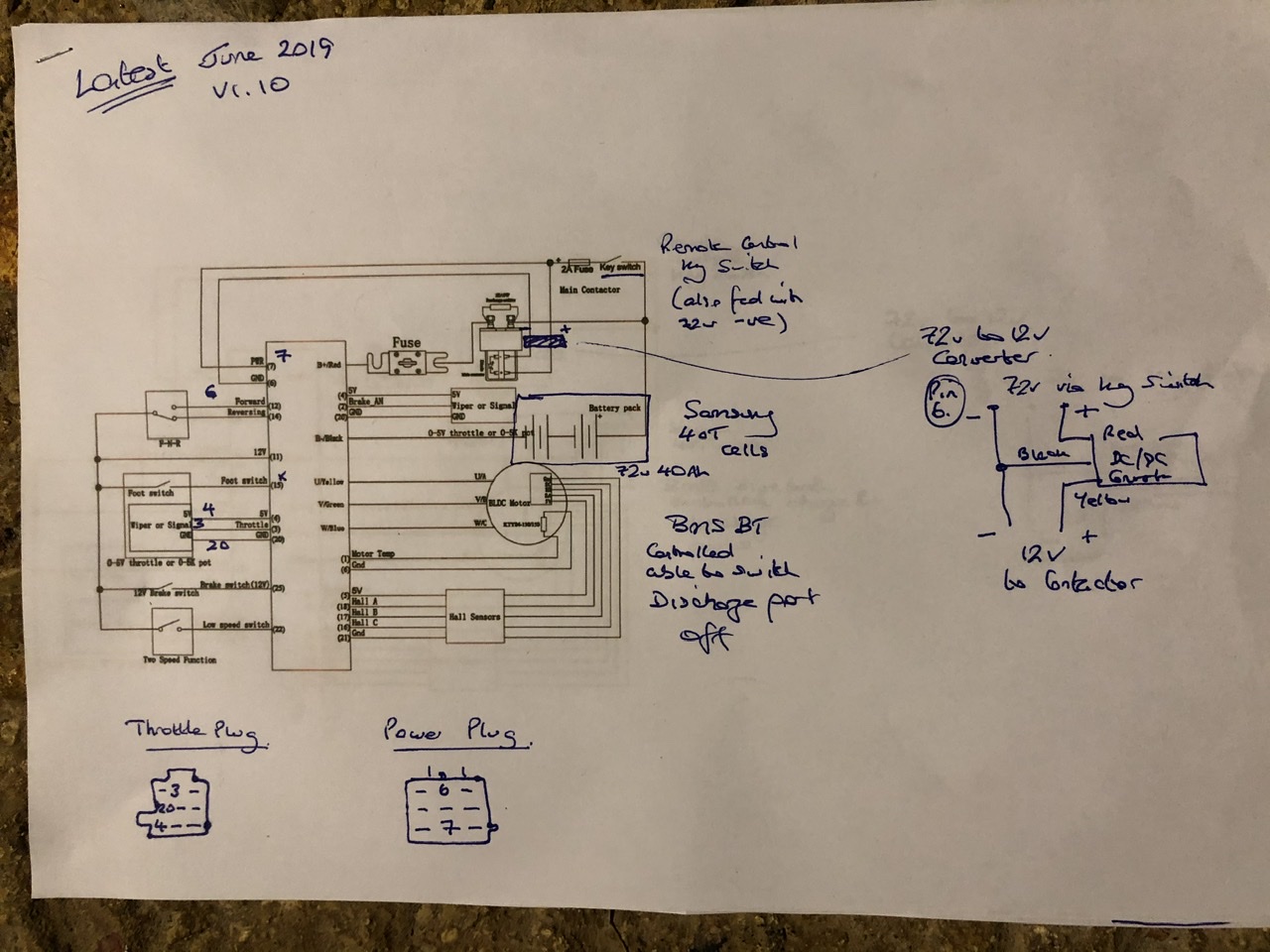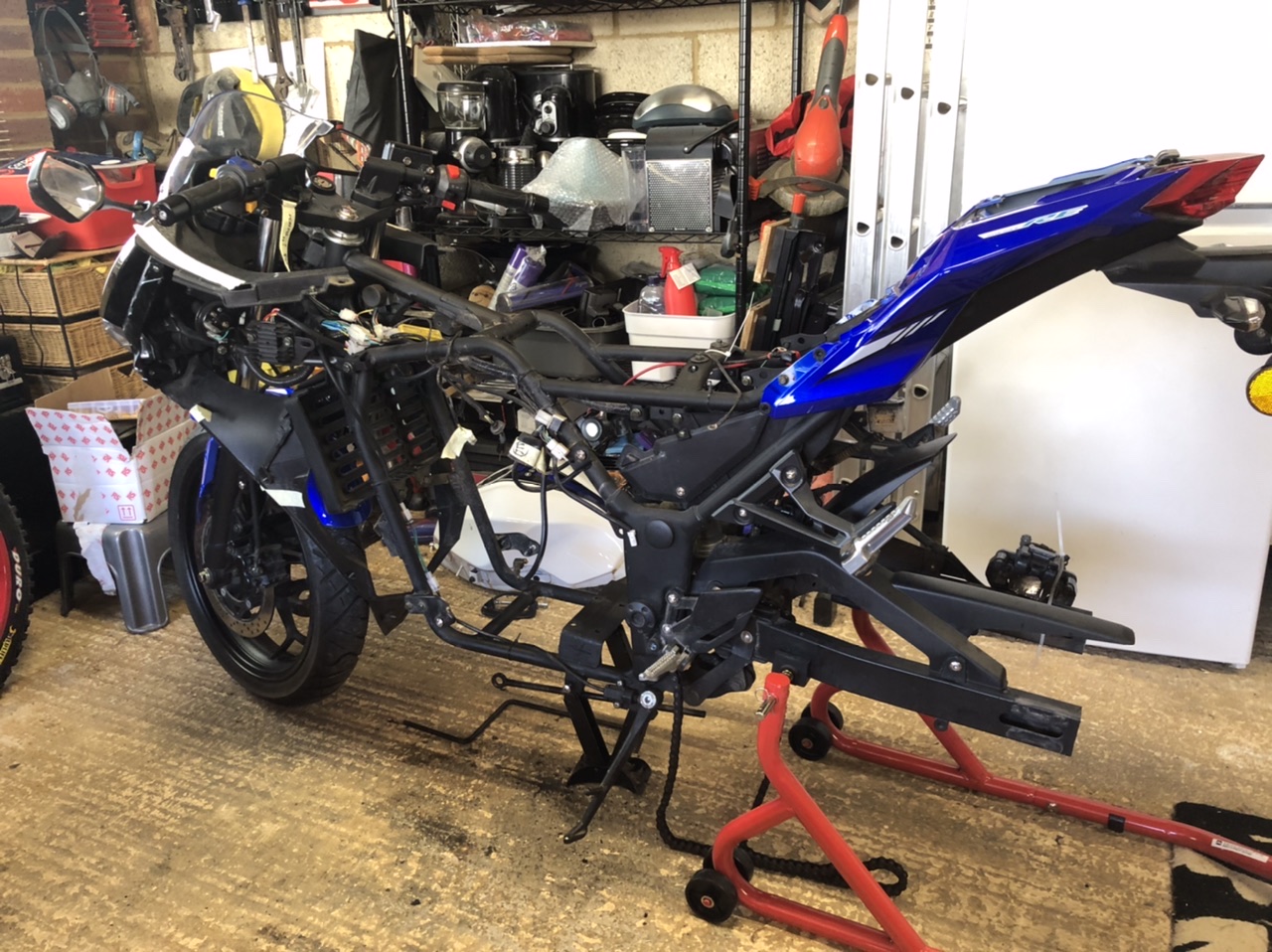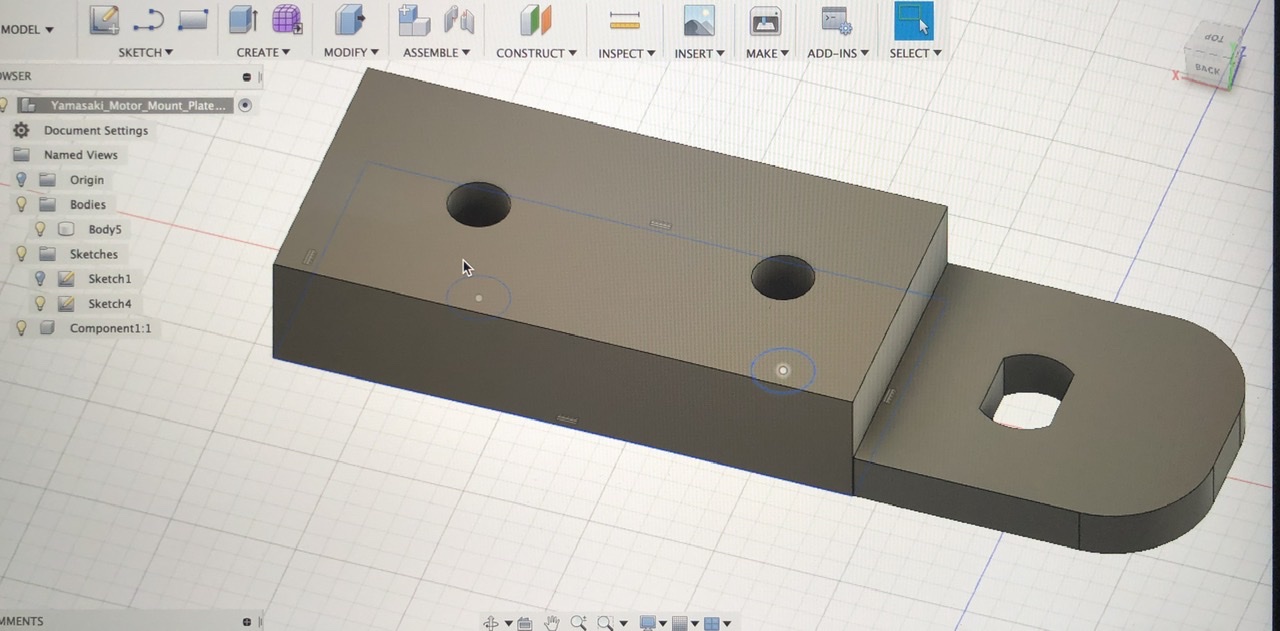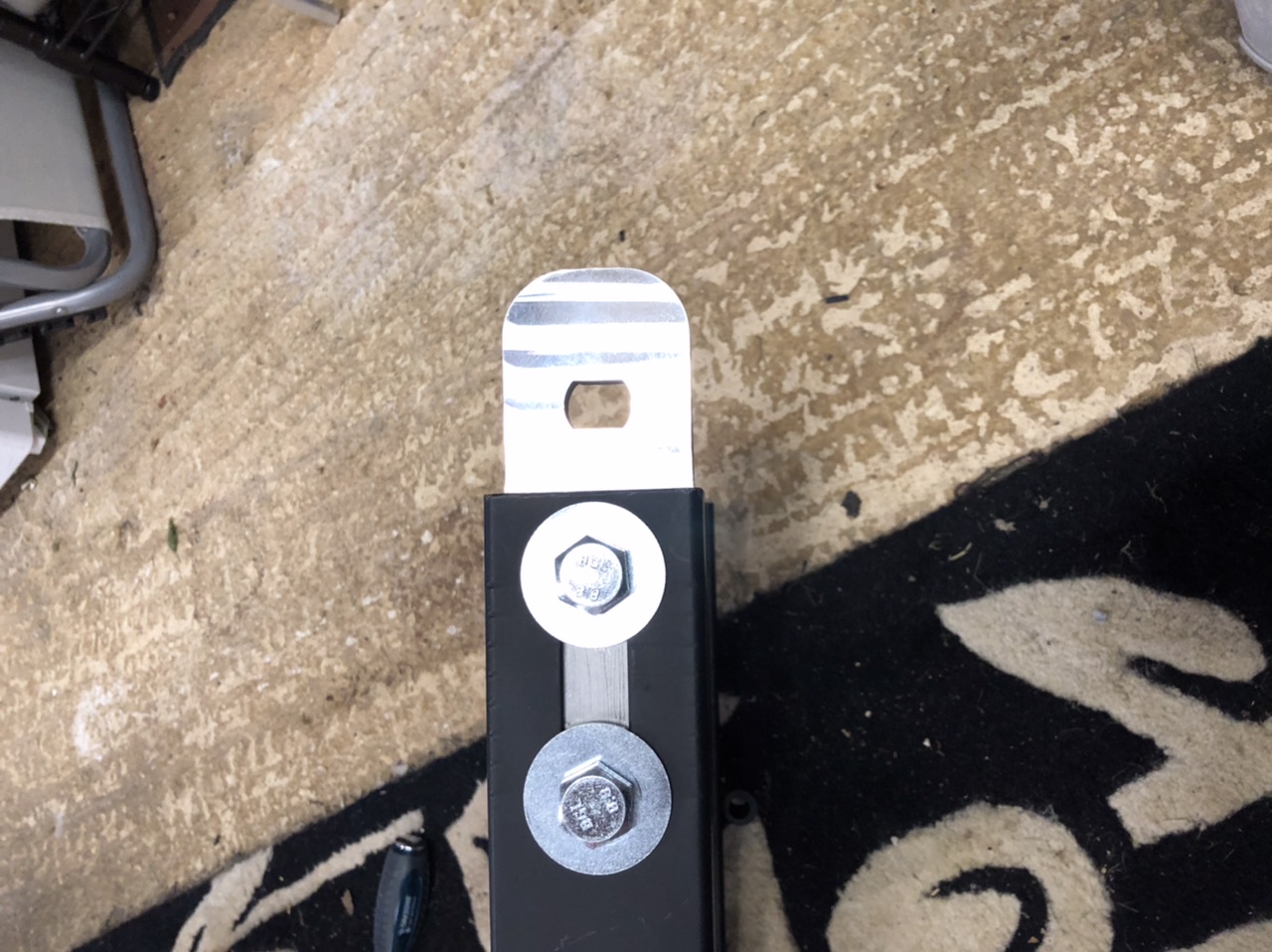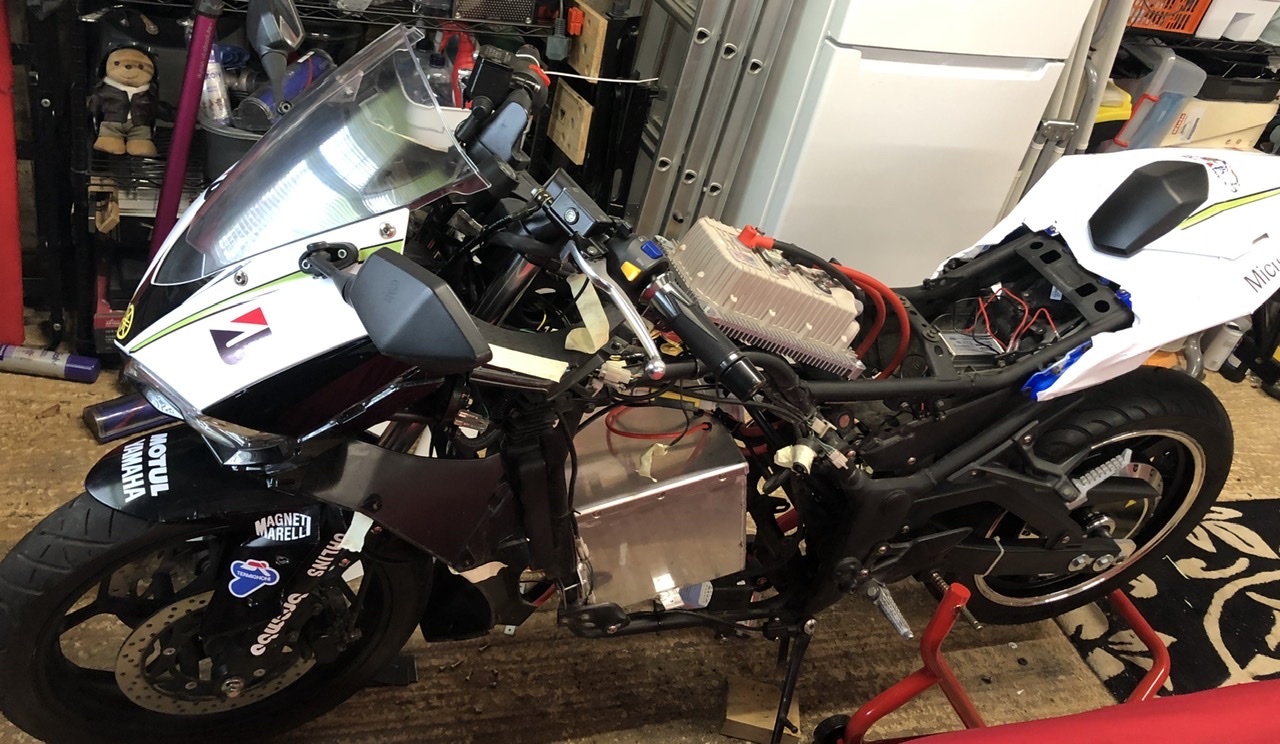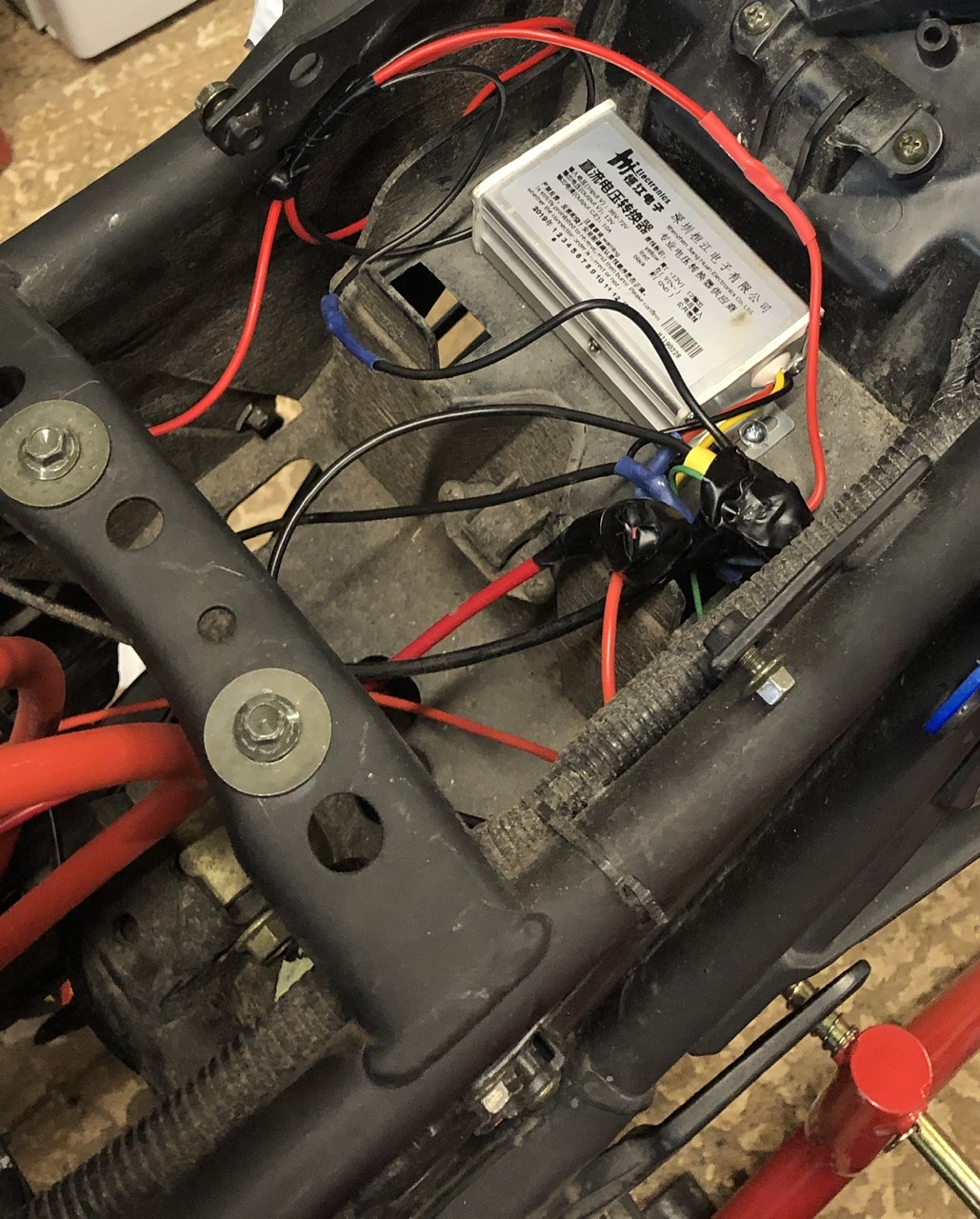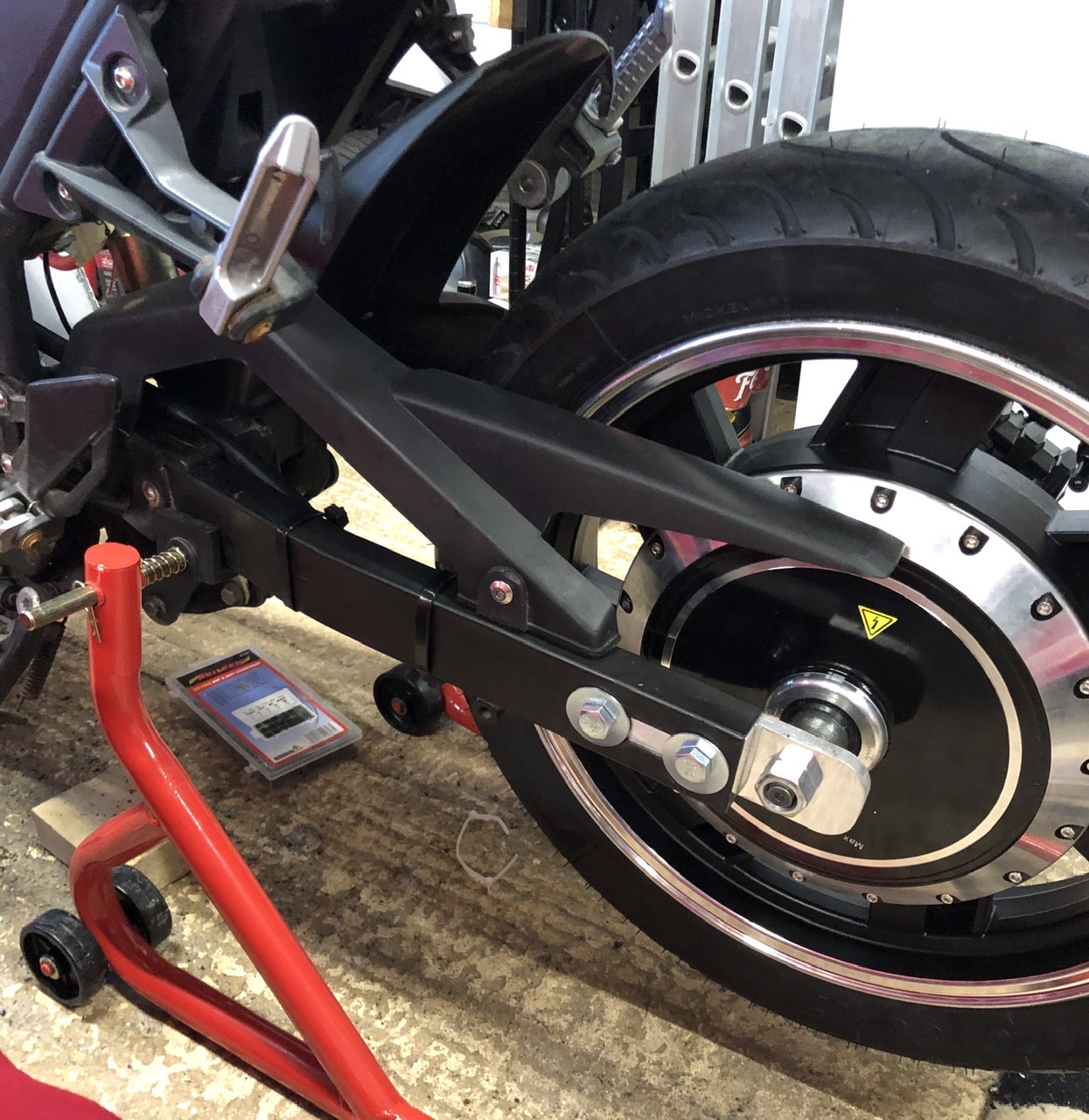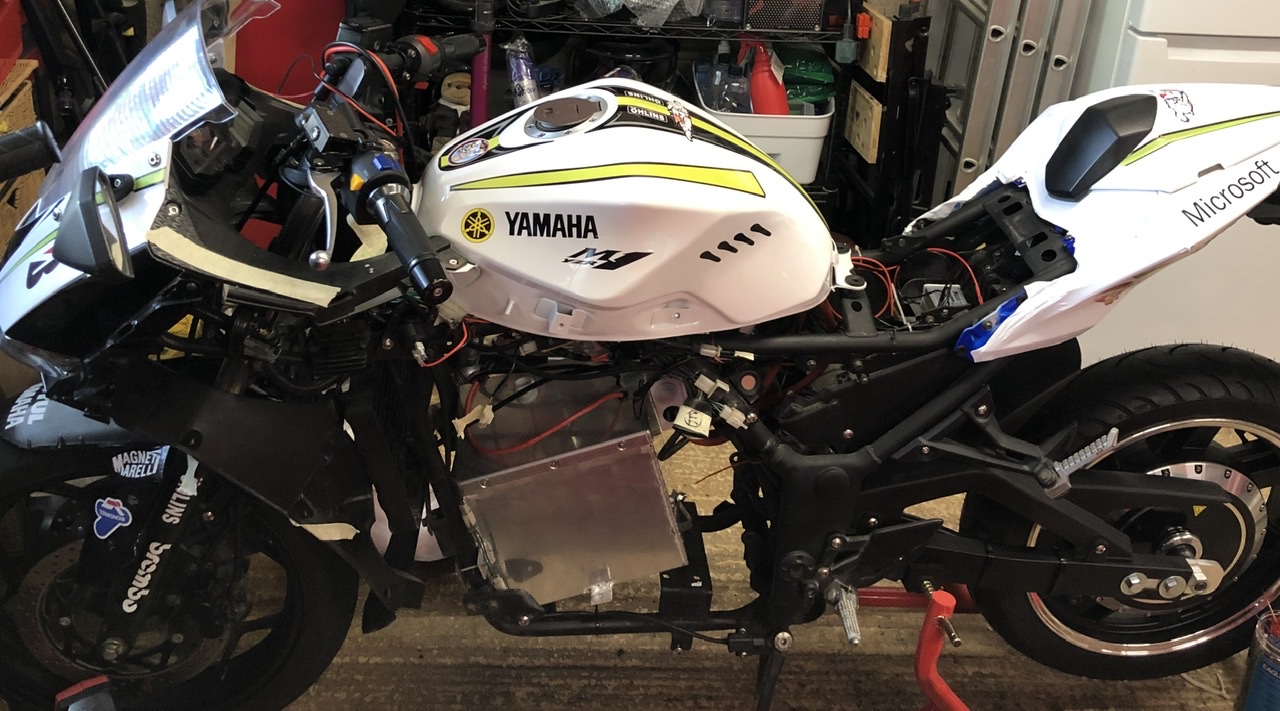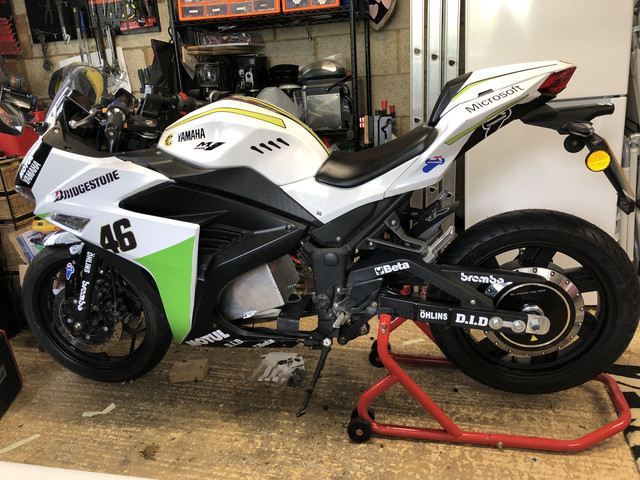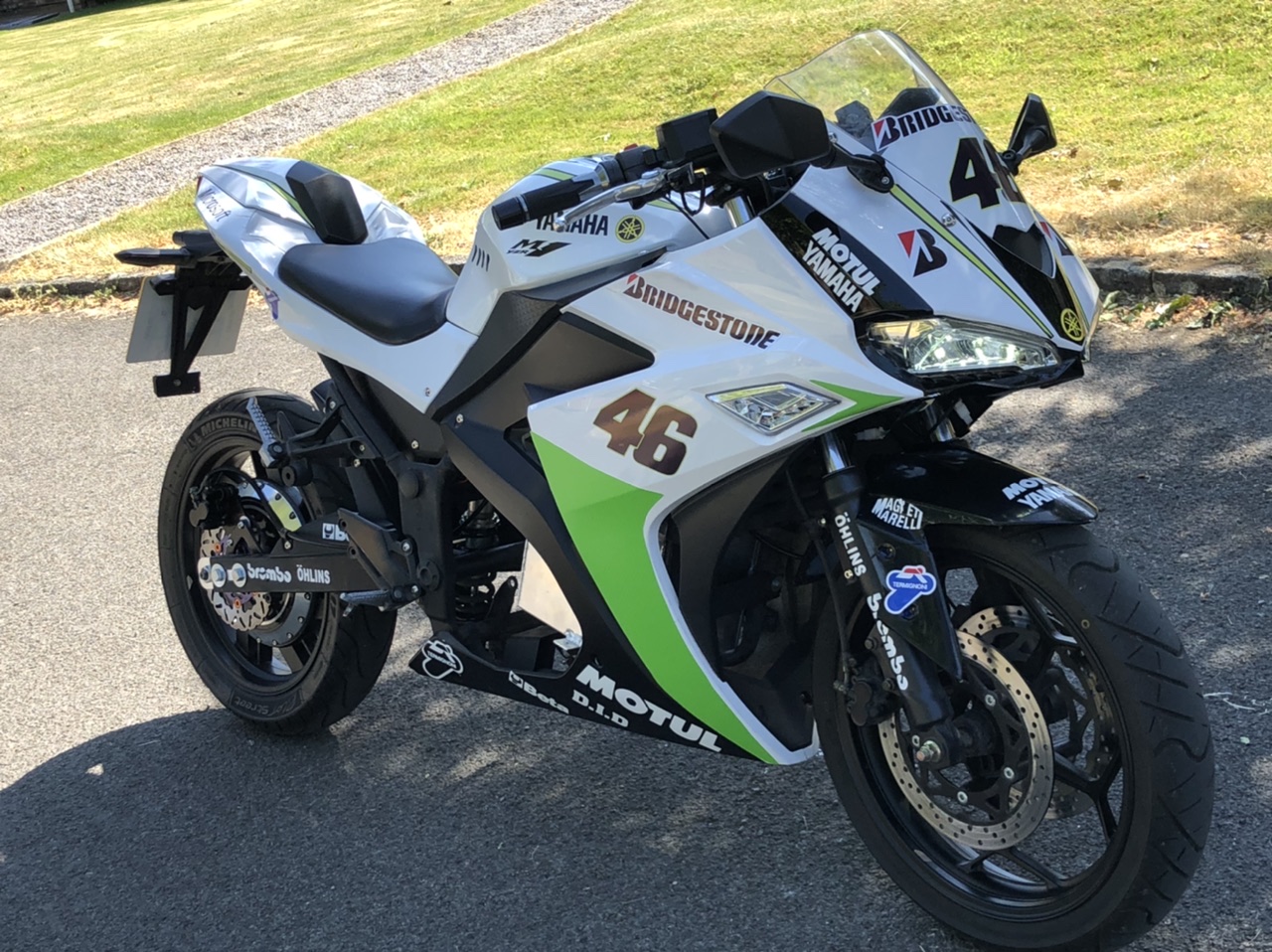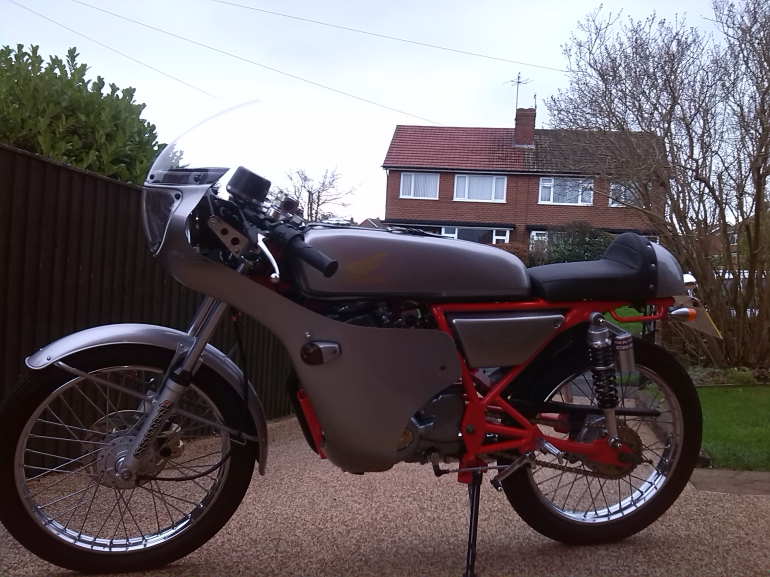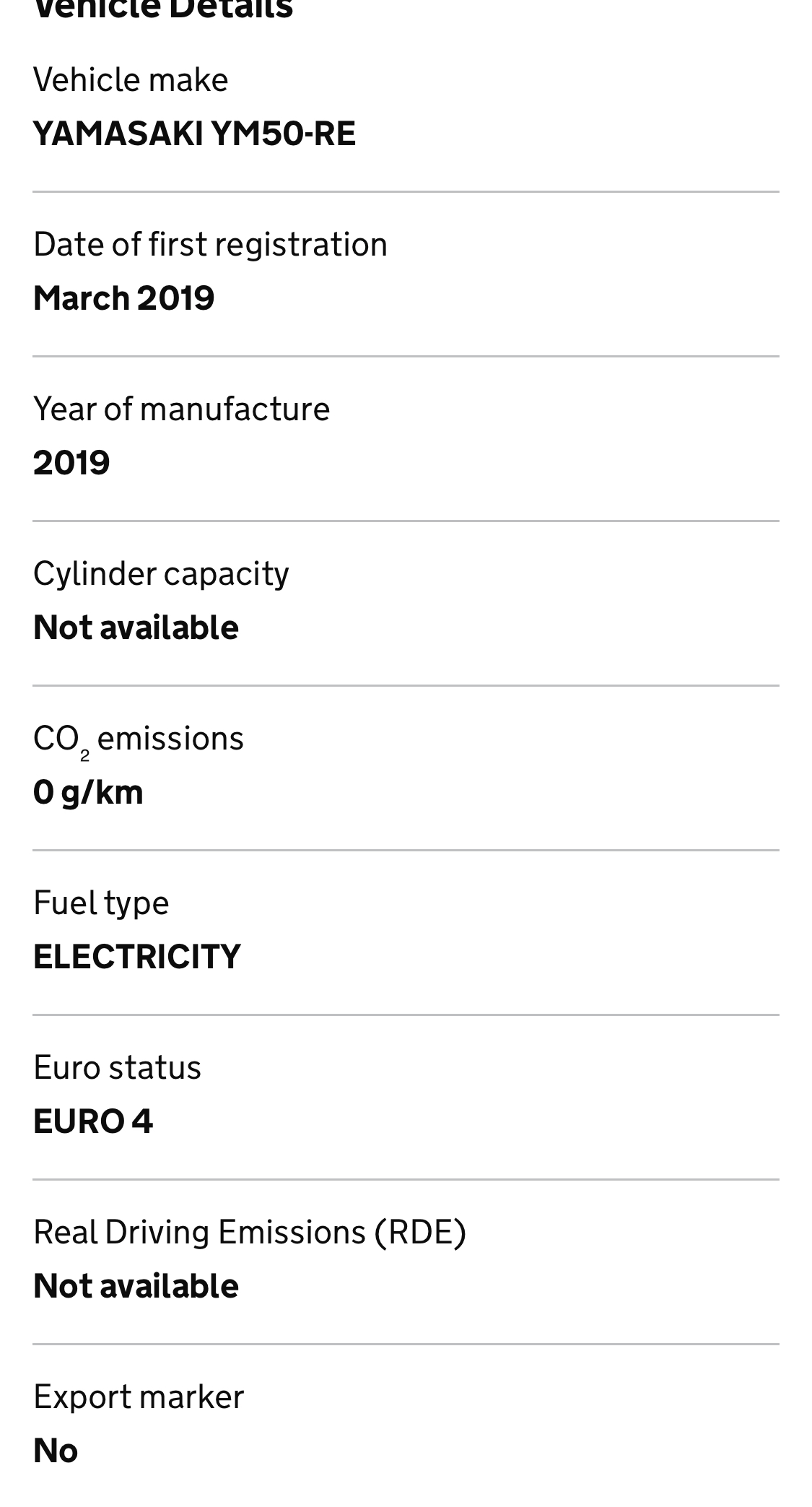I’ve been playing about with electric bike conversions for a couple of years now, and progressed along the way, like I’m sure many on here, from standard pedal bike conversion, Enduro frame build to finally a full motorbike conversion.
My goal wasn’t to create some superbike EV equivalent, rather a lightweight moped/125cc equivalent suitable for commuting, max speed around 50-55 mph and a range of circa 30-35 miles. As it’s not something for the track, I wasn’t too concerned about unsprung weight issues of using a hub motor.
Those reading this may well remember back in 2019 this build started with an Aprilia RS50 as the donor bike. You can see where that ended up on my original thread (https://endless-sphere.com/forums/viewtopic.php?f=10&t=99736), but suffice to say that there were too many issues with the limited width of the swingarm and further mods required to it would have led to issues registering the conversion with the UK DVLA authority.
As there’s still some interest in the build from folks here on the forum here is a new thread documenting it from the beginning, this time using a new donor bike, a Yamasaki YM50-RE.
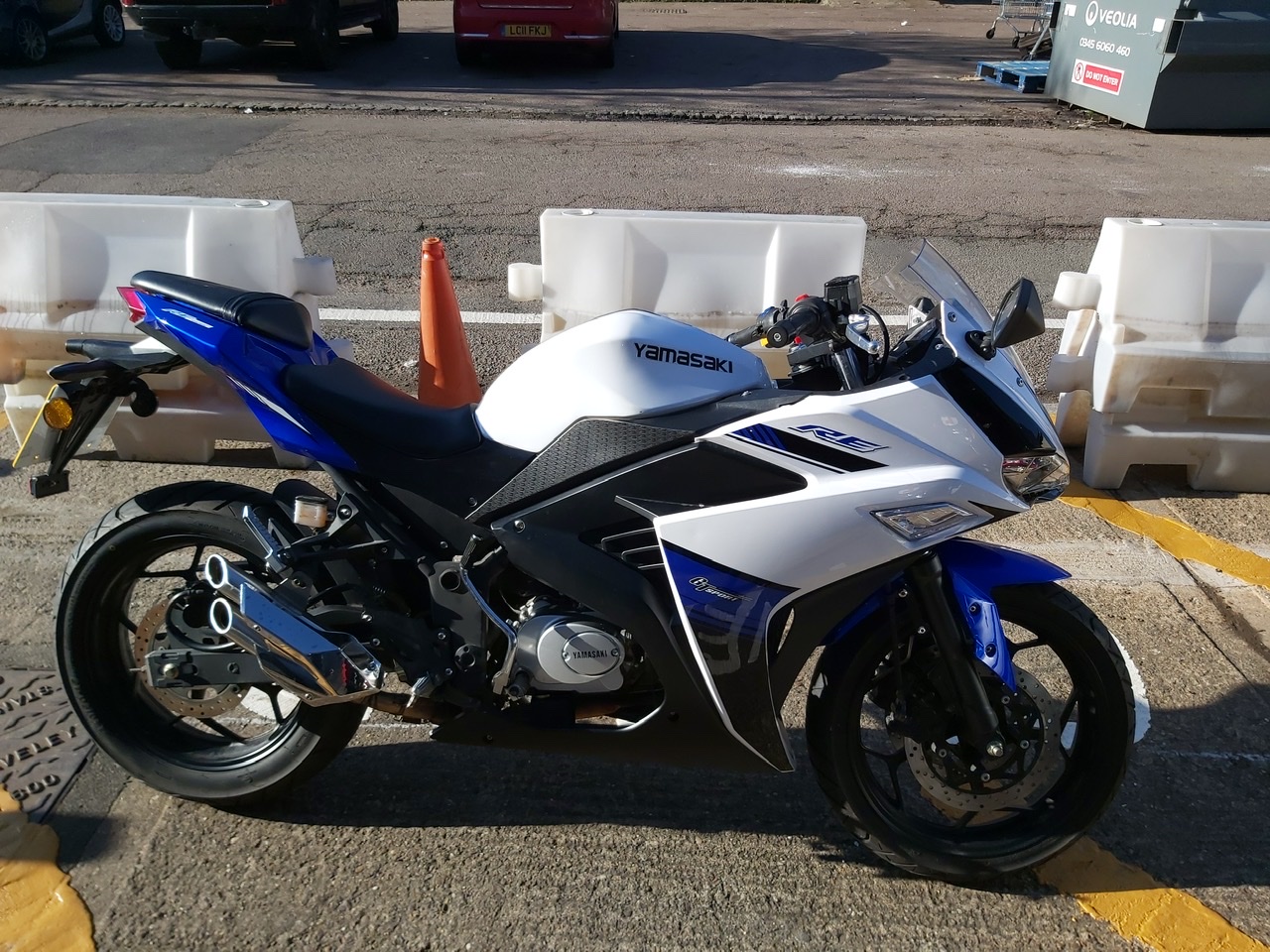
This is a Chinese Yamaha R3 clone imported to the UK, using a pretty generic frame and 50cc pitbike engine. It’s very similar to the base bike from companies like Hanbird selling Chinese Electric Motorcycles with hub motors from QSMotor of various ratings. I had originally looked at importing one of these to the UK but when I went into it, and the challenges of getting it through an MSVA test to be roadworthy, the cost and effort wasn’t worth it.
I decided I would keep the EV conversion as a 50cc/moped as in the UK this is just a matter of registering the change from petrol to EV with the DVLA and having the necessary paperwork demonstrating the power of the motor. In some cases an engineer report is also required. So this meant a hub motor with continuous power rating of 4000w or less.
Having decided on a hub motor set up I went for the following motor/controller/battery spec:
QS Motor V3 17” 4000w v3
Kelly KLS7275H
Custom 72v 40Ah 20s10p pack using Samsung 40T cells
Smart Bluetooth BMS capable of 160A continuous 320A peak
My goal wasn’t to create some superbike EV equivalent, rather a lightweight moped/125cc equivalent suitable for commuting, max speed around 50-55 mph and a range of circa 30-35 miles. As it’s not something for the track, I wasn’t too concerned about unsprung weight issues of using a hub motor.
Those reading this may well remember back in 2019 this build started with an Aprilia RS50 as the donor bike. You can see where that ended up on my original thread (https://endless-sphere.com/forums/viewtopic.php?f=10&t=99736), but suffice to say that there were too many issues with the limited width of the swingarm and further mods required to it would have led to issues registering the conversion with the UK DVLA authority.
As there’s still some interest in the build from folks here on the forum here is a new thread documenting it from the beginning, this time using a new donor bike, a Yamasaki YM50-RE.

This is a Chinese Yamaha R3 clone imported to the UK, using a pretty generic frame and 50cc pitbike engine. It’s very similar to the base bike from companies like Hanbird selling Chinese Electric Motorcycles with hub motors from QSMotor of various ratings. I had originally looked at importing one of these to the UK but when I went into it, and the challenges of getting it through an MSVA test to be roadworthy, the cost and effort wasn’t worth it.
I decided I would keep the EV conversion as a 50cc/moped as in the UK this is just a matter of registering the change from petrol to EV with the DVLA and having the necessary paperwork demonstrating the power of the motor. In some cases an engineer report is also required. So this meant a hub motor with continuous power rating of 4000w or less.
Having decided on a hub motor set up I went for the following motor/controller/battery spec:
QS Motor V3 17” 4000w v3
Kelly KLS7275H
Custom 72v 40Ah 20s10p pack using Samsung 40T cells
Smart Bluetooth BMS capable of 160A continuous 320A peak



